This might seem a bold thing to say, but here goes: there’s not a single attribute more important to the enjoyment of a car than the feel for the road derived through its steering. I’ll go further: there’s no single reason for the erosion of driving pleasure in recent years greater than the continued and continual loss of that feel. But what exactly is this feel whose passing I so lament?
When I teach younger writers about the business of road testing, it’s the subject most likely to be raised, perhaps alongside determining the difference between primary and secondary ride. And for them it’s a real problem, because it’s hard to explain and harder still to understand. But for you who aren’t charged with reaching opinions and justifying conclusions about your cars, you shouldn’t be troubled at all.
Indeed, the reason I’m writing this is because a reader took the time to write in (thank you, Daniel Vernon), complaining that the Vauxhall Astra he drives has steering that’s too light and lacks feel relative to that of the Ford Focuses he owned in the past.
What’s interesting here is that Daniel hasn’t merely spotted a problem – his new car isn’t as good to drive – but has also identified its cause. I’ve heard countless people make this complaint over the years, but few know what lies at its heart. “I just really liked the way my old car drove” is the most familiar refrain. And I would bet plenty that, nine times out of 10, what has gone missing is steering feel.


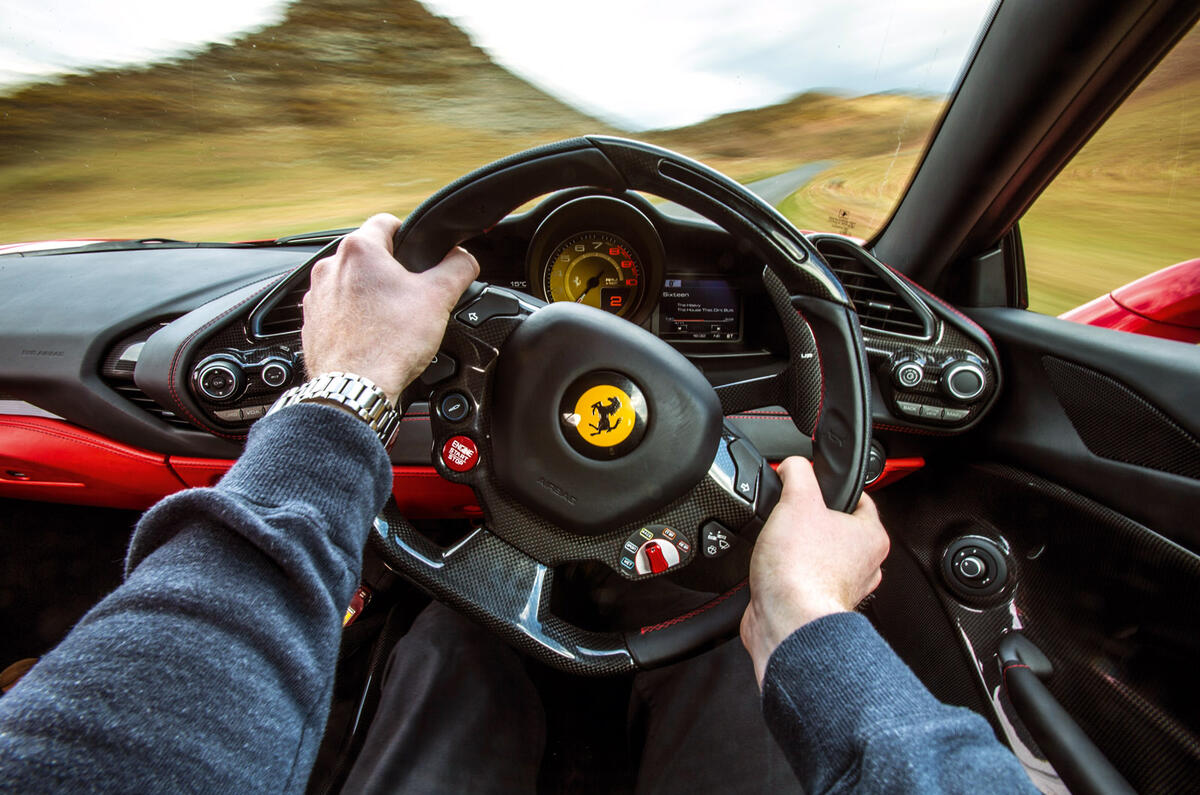
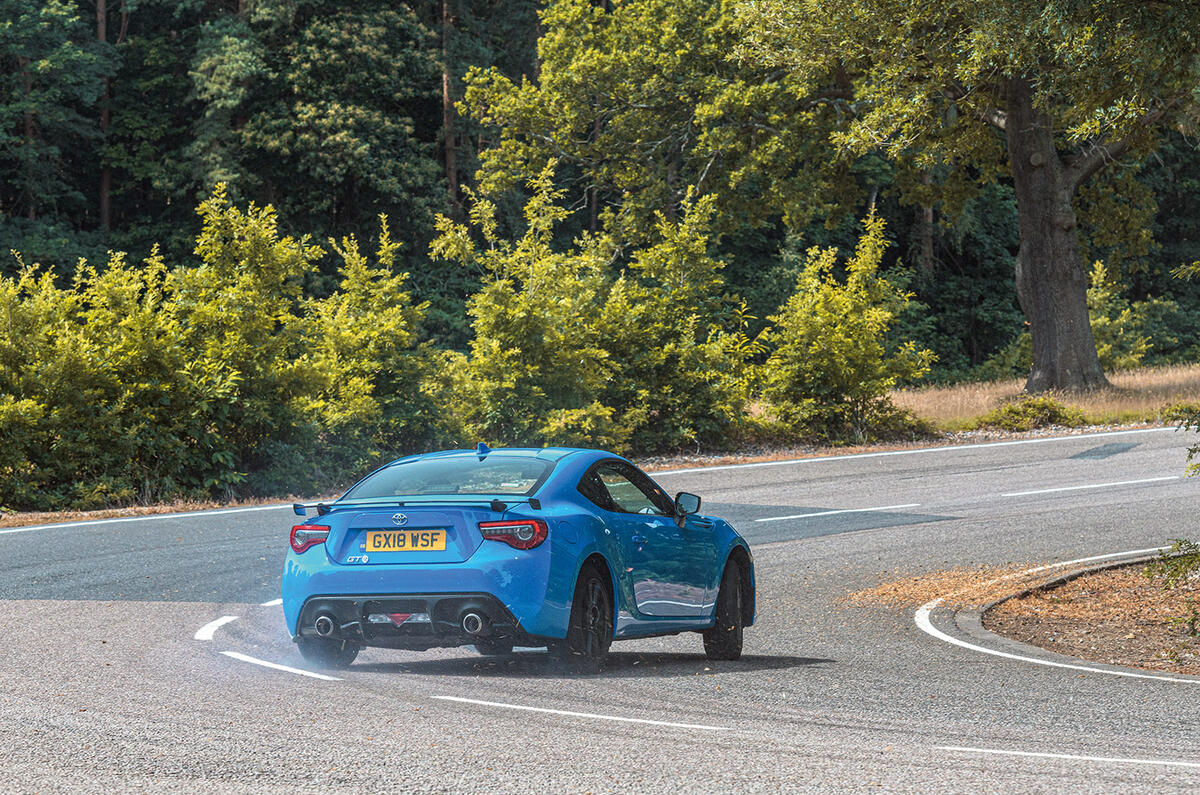
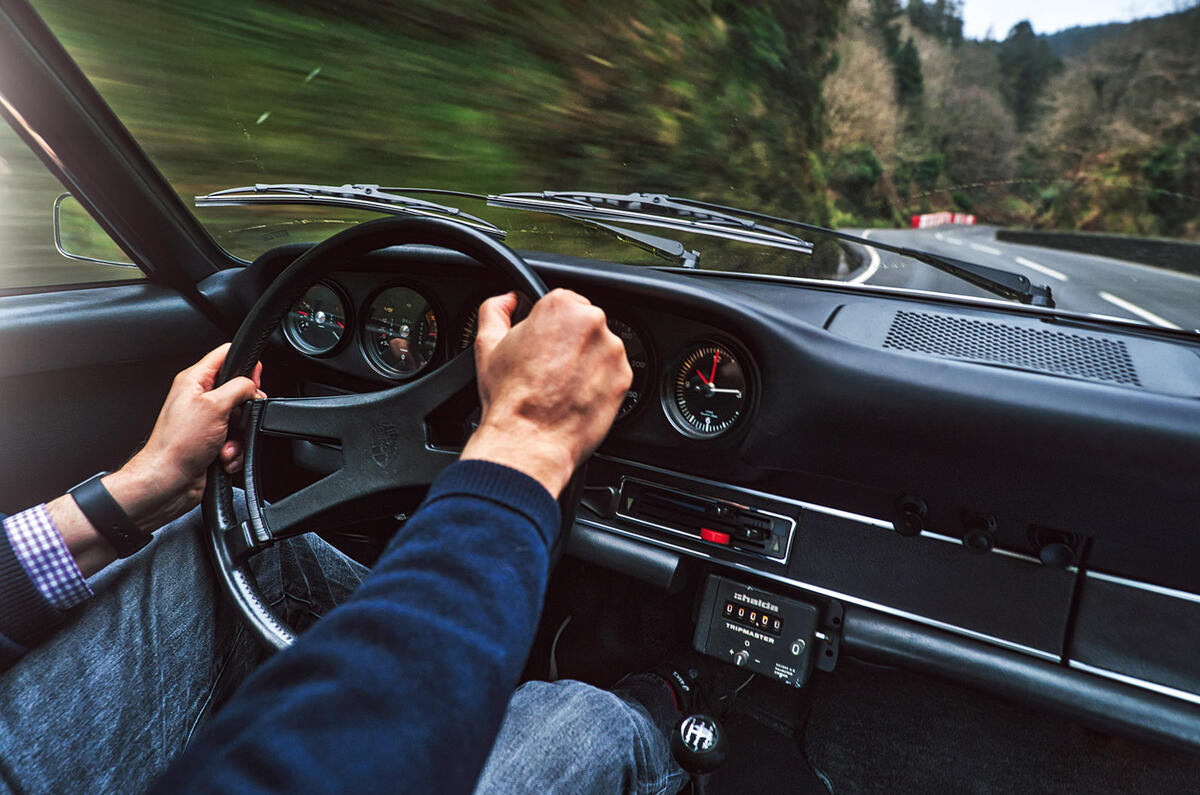
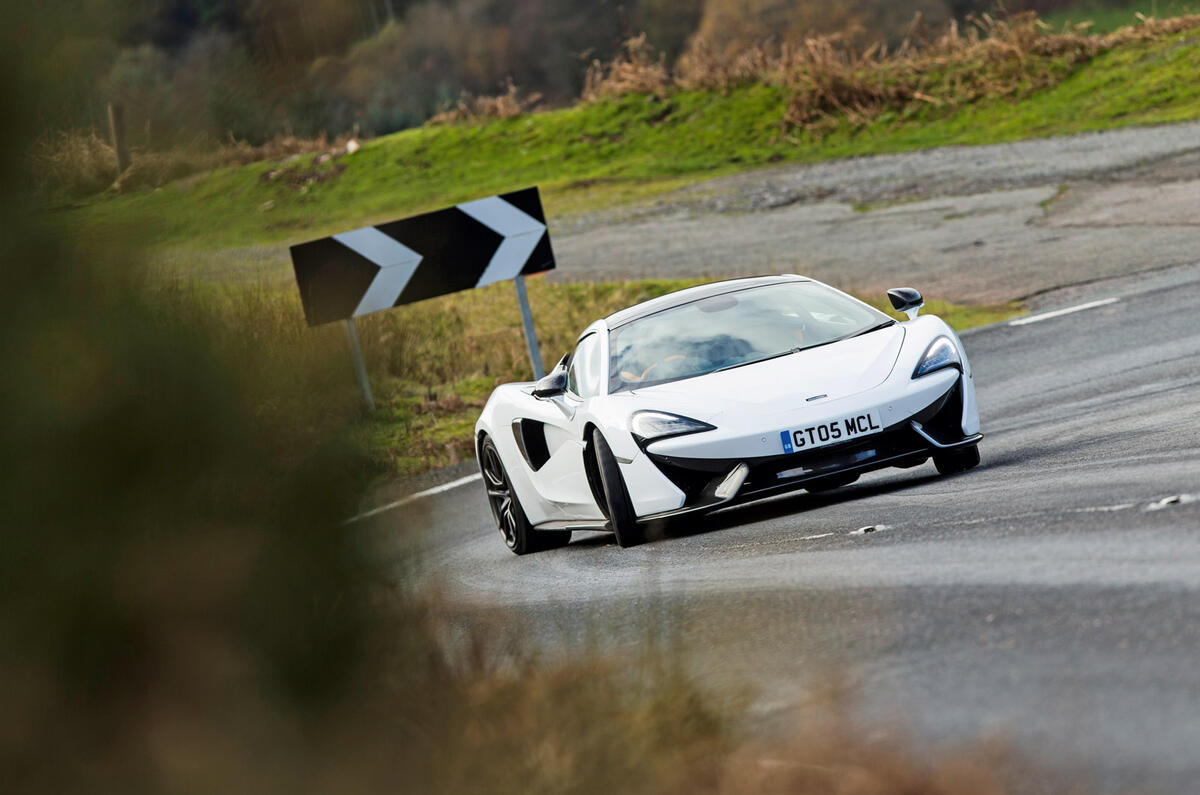
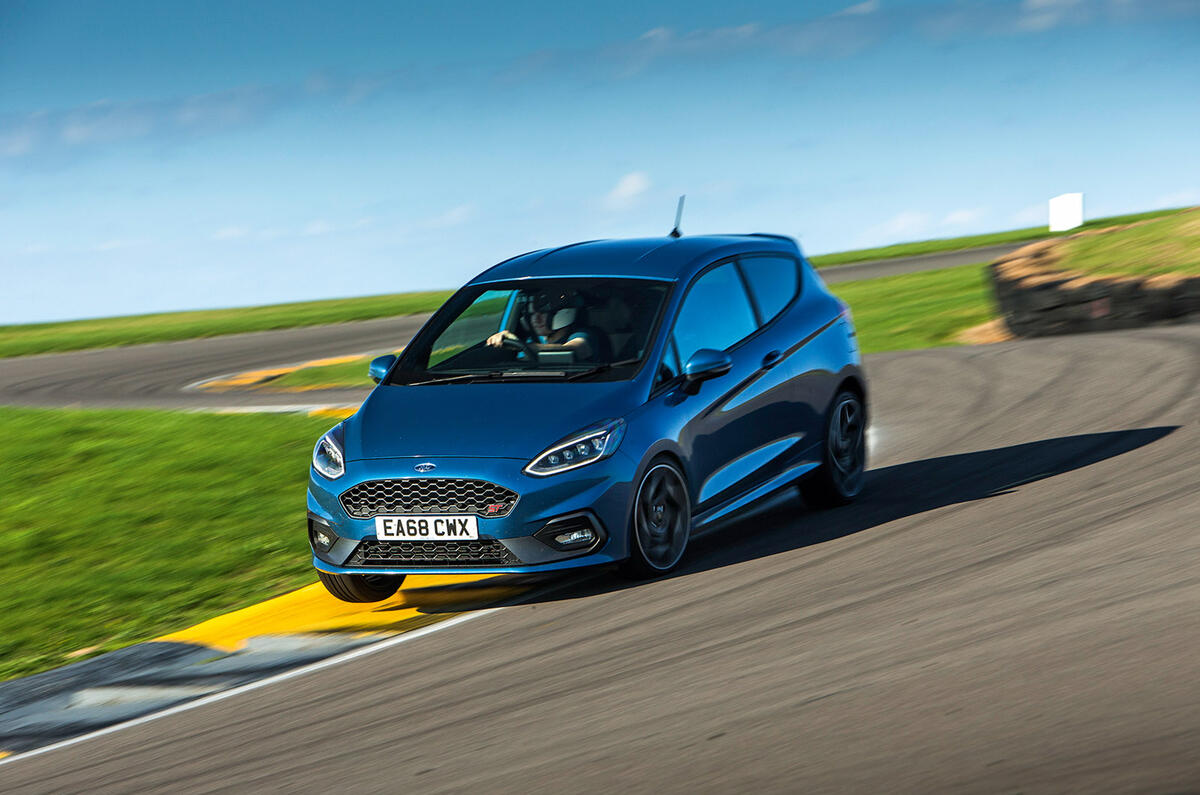
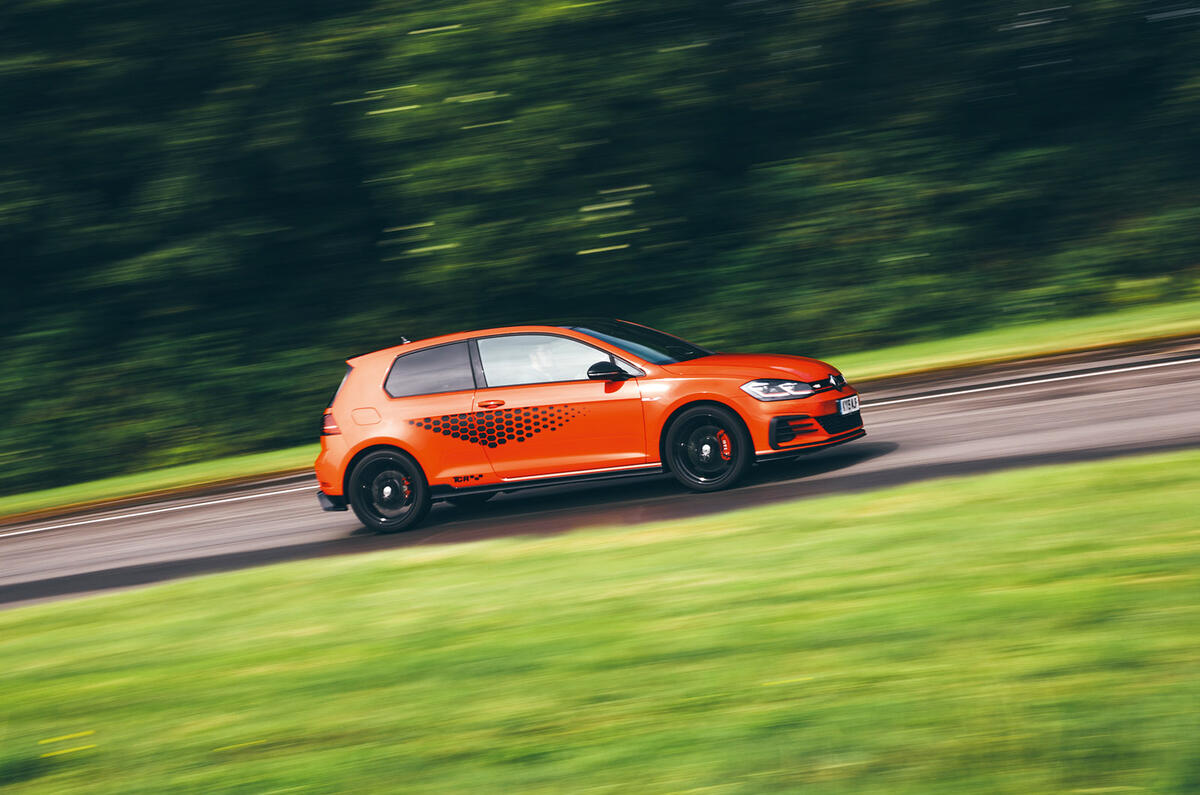





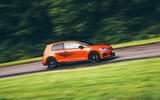

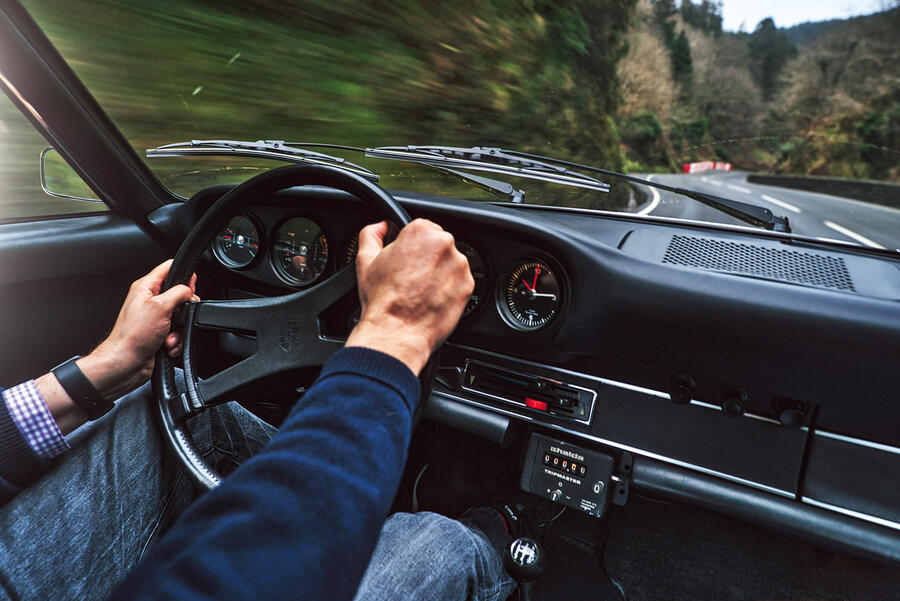
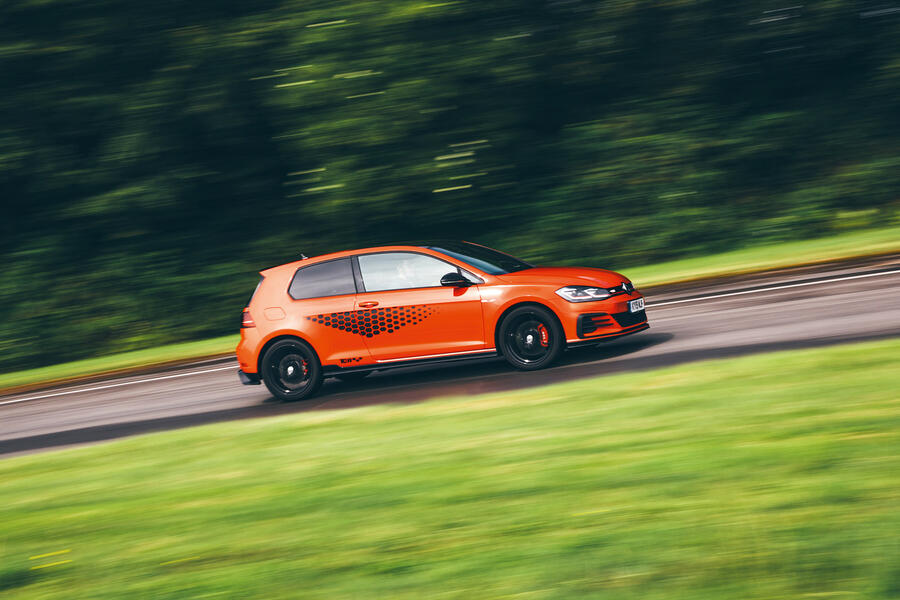
Join the debate
turbinecol
EPAS
Not just for economy, but HPAS parts costed more, you had to package all the lines and coolers and reservoir, more to go wrong (warranty costs).
scrap
Yes and also EPAS makes
Yes and also EPAS makes driver assistance systems possible. Truly autonomous cars are probably a long way off but these systems have probably aided safety on our (usually) crowded roads.
si73
The worst I tried was a first
Renaults EPAS systems have obviously got better as my son's 09 twingo is fine.
LP in Brighton
EPAS unfairly maligned
I can't see any fundamental reason why hydraulic power steering should provide better feel than the electronic variety. I have driven good and bad examples of each - in fact some of the early hydraulic systems were truly awful, with no feel and gross levels of assistance instead of a gently helping hand. If there is a problem with EPAS, I'd say that it was simply because it has not been around for so long, so it has not benefitted from quite so many years of refinement.
In any event it is here to stay given that it is cheaper, more reliable, more efficient - and is much more easily integrated with autonomous driving aids.
sabre
Other good cars
I believe Mazda 3 is also a car with good steering feel and was not mentioned because of its relative rareness.
scotty5
Can I sue for vibration white finger?
My car parks itself. I've used a few systems which are simply a pain in the butt to use and appear to be designed more as a toy that a useful tool, but I have to say the parking system on my Skoda is excellant, so much so that from someone who used to make fun of those who required such a system, I'd never buy another car without it.
Of course there's a big problem with cars that, as the author puts it, you're able to feel the road thru the steering - you're also able to feel the potholes and patchwork too. One of the best cars for steering I've driven is the older Focus but when I take off my rose tinted specs, it was only nice on smooth tarmac because that thing crashed it's way over most surfaces. Holding the steering wheel was like holding a pneumatic drill at times.
Andrew1
Good article
For the rest of us using cars as transport in real traffic, it's useless or even detrimental. And yes, there are many advantages to electronic EPAS which are becoming better and better.
Deputy
MovedOn
I think the world (and I) have moved on. Every country is congested, we may occasionally get an empty B road but that's likely to be a 40mph limit these days! I'll take a comfy, relaxing car for my driving. But will use my motorbike for the times I want to feel the ultimate bond between human and machine. It means I can also overtake most drivers who seem to have lost the ability to drive fluidly (I sold my Porsche Boxster after my blood pressure used to increase as I was often stuck in a queue of traffic behind 4 cars who wouldn't overtake a tractor....) So if being part of the experience matters to you, please please try a decent motorbike!
Deputy
Pumps?
EPAS pumps? Must be a typo I hope! It's a motor not a pump.
Peter Cavellini
Steering feel?
Here is the question, what is steeering feel?, do we all have our own definition of feel?.
Pages
Add your comment